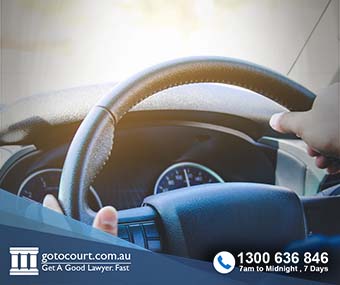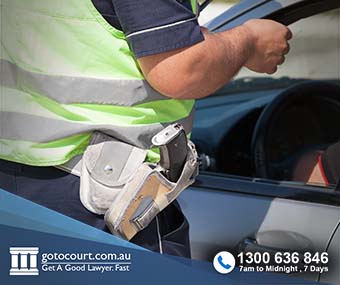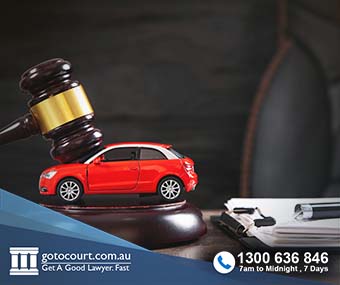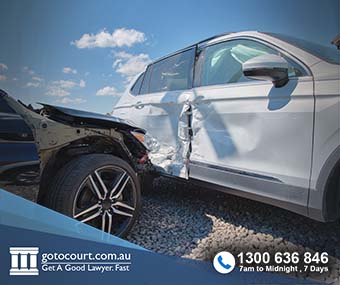Presence Offence Drug Testing in New South Wales
In response to the 2004 hit-and-run death of a nine-year-old Dubbo boy caused by an unlicenced, under-aged driver with illicit drugs in his system, the ‘ Presence Offence ’ was introduced by the Road Transport Legislation Amendment (Drug Testing) Act 2006 (NSW). The offence is more fully described as “Driving while having present in oral fluid, blood or urine, a prescribed illicit drug”.
Under section 111 (1) & (3) of the Road Transport Act 2013 (NSW), it is an offence for a person to drive a motor vehicle, attempt to put it in motion, or sit alongside a learner, while having:
- cannabis, ice (methamphetamine), or ecstasy present in his/her oral fluid, urine or blood; or
- morphine or cocaine in his/her urine or blood.
The new offence expands criminal liability for these offences significantly. Previously a driver was only liable if the level of a drug in their system actually impaired their ability to drive because they were “under the influence” of the drug. The new regime outlaws the presence of these drugs in any amount.
The penalty for a first presence offence in NSW will usually see a conviction recorded; a fine up to $1,100; and a period of disqualification between the six (6) months that will automatically apply, and the three (3) month minimum which the Magistrate can apply should they find mitigating circumstances. It is also possible that the Magistrate might impose a ‘Section 10 Bond’, for which no criminal conviction is recorded, and from which no disqualification will ensue.
Collateral Damage
The creation of this new ‘ presence offence ’ has seen a spike in the number of arrests and matters left to the determination of the Local Courts in NSW. According to data from the NSW Bureau of Crime Research, more than 3,000 drug-driving offences were finalised in the nine months to September 2015 which represents a 109 percent increase from the 1,456 cases heard in 2014. In the 2015-16 financial year, there were 9,808 charges finalised in the NSW Local Court.
The introduction of the presence offence has had a significant impact in the Northern Rivers of NSW where the Richmond-Tweed Local Area Command has the highest rate of convictions in NSW, at a rate of 470 convictions per 100,000 people. This is five times the State average. Anecdotal evidence suggests that the Local Court has been overwhelmed by the sheer numbers of drivers picked up by the tests. One figure suggests the Court saw as many as 74 cases in a single day.
Proponents of the presence offence argue that a strong program aimed at deterring people from driving after ingesting illicit drugs is essential to keep the roads safe for ordinary drivers.
With respect to the testing technology, there is a growing concern that the drug testing process does not establish whether drugs that are still active in a person’s system. It appears that the regime is more concerned with mass punishment of drug users.
The offence only applies to drugs that are illegal to possess. However, the presence offence carries with it a mandatory period of disqualification on conviction, a penalty that may not be commensurate with the offence.
Contradictions Within The Law
There is also an inherent contradiction in the approach of the legislation and sentencing. As a matter of law, a Court cannot sentence a person charged with a presence offence on the basis that the drug impaired their ability to drive. The driver is sentenced solely on the basis of the existence of a narcotic in their bodily fluids, in any quantity, while driving or accompanying a learner driver.
To sentence a person for an impaired ability to drive amounts to impose a penalty for a different offence, that of Driving Under the Influence, for which they have not been charged. Despite that legal conundrum, the penalty provisions and the approach of the Court is to proceed on the assumption that the driver’s ability was in fact impaired.
Greens MP David Shoebridge has asserted that “testing (is) a waste of money that undermine(s) the legal system by making it a de facto criminal offence of having potentially minuscule quantities of drugs present in your system”.
Another expert noted, “It [ presence offence testing ] does not appear to have the purpose of protecting the other road users … there is no evidence at all that the drug test they conduct for the section 111 offence is actually testing for impaired driving”.
The claims of those who oppose presence offence testing are disputed by Professor Jan Copeland, director of National Cannabis Prevention and Information Centre. Ms. Copeland has said “they [the authorities] only test for the active THC. While there can be a delay of hours since the person smoked, they can still have active THC in their blood and be impaired. So, the idea that you can be picked up on an oral swab and not be impaired is very unlikely”.
However, in 2016, Lismore Local Court Magistrate David Heilpern said he “had heard hundreds of cases over the past few months in which drivers said they had waited days, sometimes weeks, after smoking before driving”. His Honour went further, saying “not once has any scientific evidence been produced to this court that supports the contention that the final or any other test works for 12 hours. It could be that every single one of those defendants is lying to the police. However, on balance, I find that this is unlikely”.
The situation is different in the United Kingdom and some European jurisdictions which have been amended to include permitted low levels of a drug present, as is the case with alcohol. That being said, these same countries have either decriminalized cannabis or have permitted the use of medicinal cannabis, resulting in more widespread use among the general population. Professor Copeland admits that “if the drug is made legal under any circumstances, such as medicinal use, that will certainly bring in a need for this kind of discussion”.
Until the parliament amends the current legislation to include permitted low levels of a drug present, or until cannabis is made legal for medicinal use, the ‘presence offence’ will remain in operation and offenders will be brought before the NSW Local Courts to defend the charges against them.
Accordingly, drivers are advised not to drive with drugs in their system or within 12 hours of consuming drugs. It is an offence to do so and a loss of licence can lead to a loss of employment and financial hardship.
The law provides some respite. In NSW the Court has the discretion to deal with the charge without proceeding to a conviction in which case there is no power to impose a period of disqualification. (In Queensland, the Court has the power to grant a ‘work licence’ for the period of disqualification provided a person meets the eligibility requirements.)
Conclusion
If you or a person you know has been charged with a ‘Presence Offence’, contact the NSW Traffic Team at Go To Court Lawyers on 1300 636 846. Our team of traffic solicitors are expert in this area of law and can advise on the best way to defend the charges and help keep you on the road.






